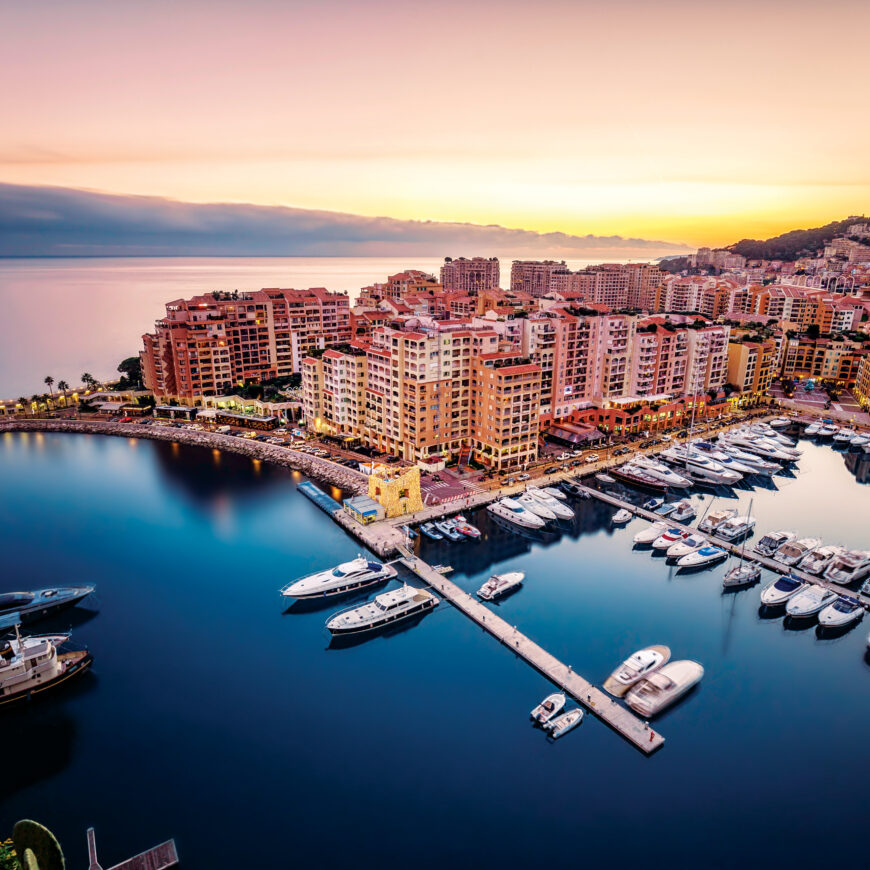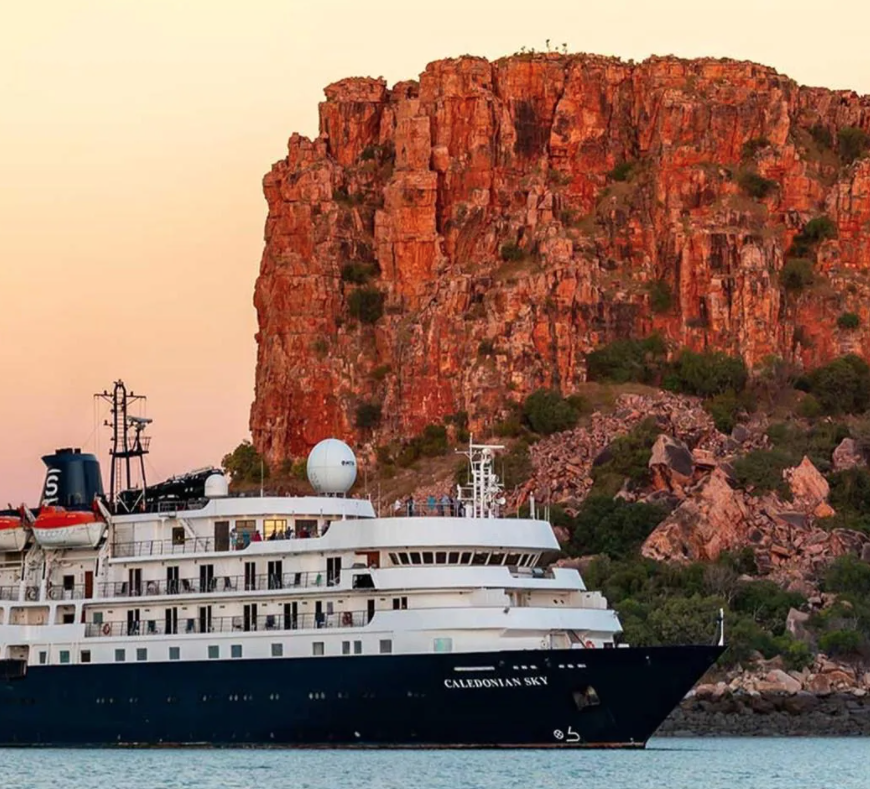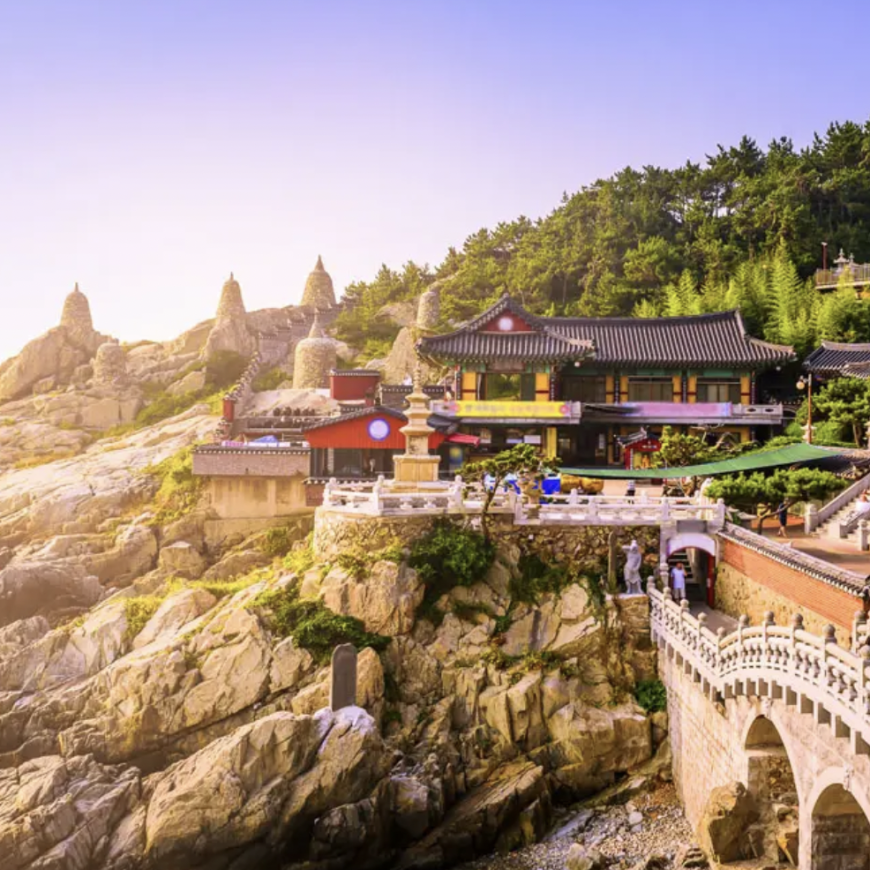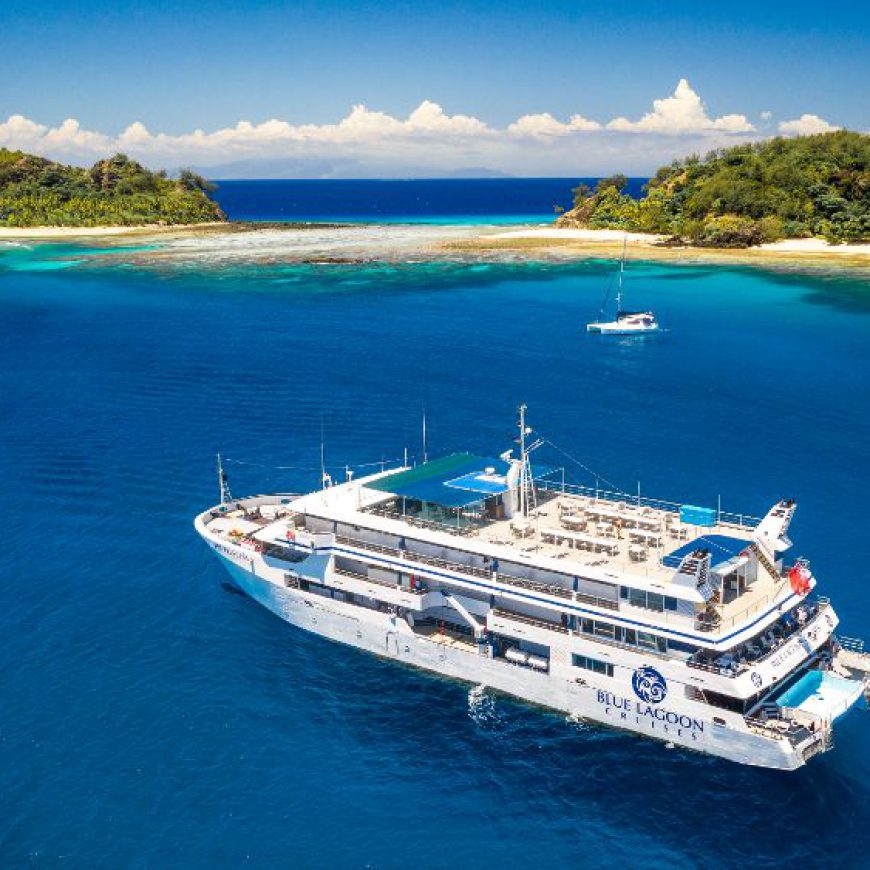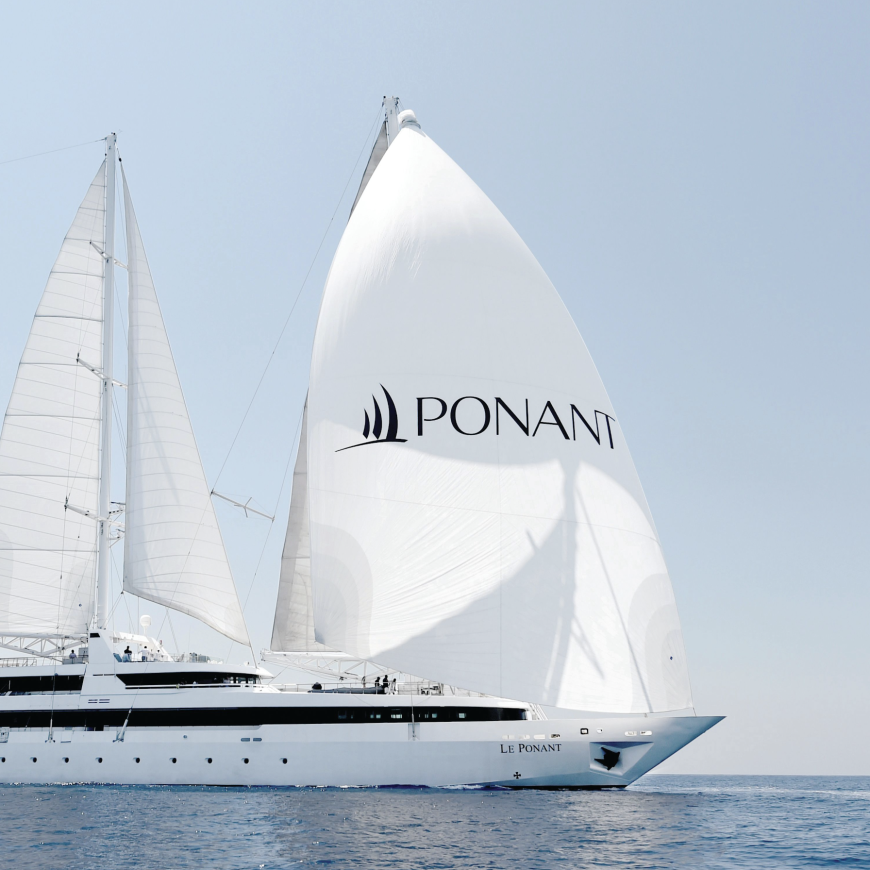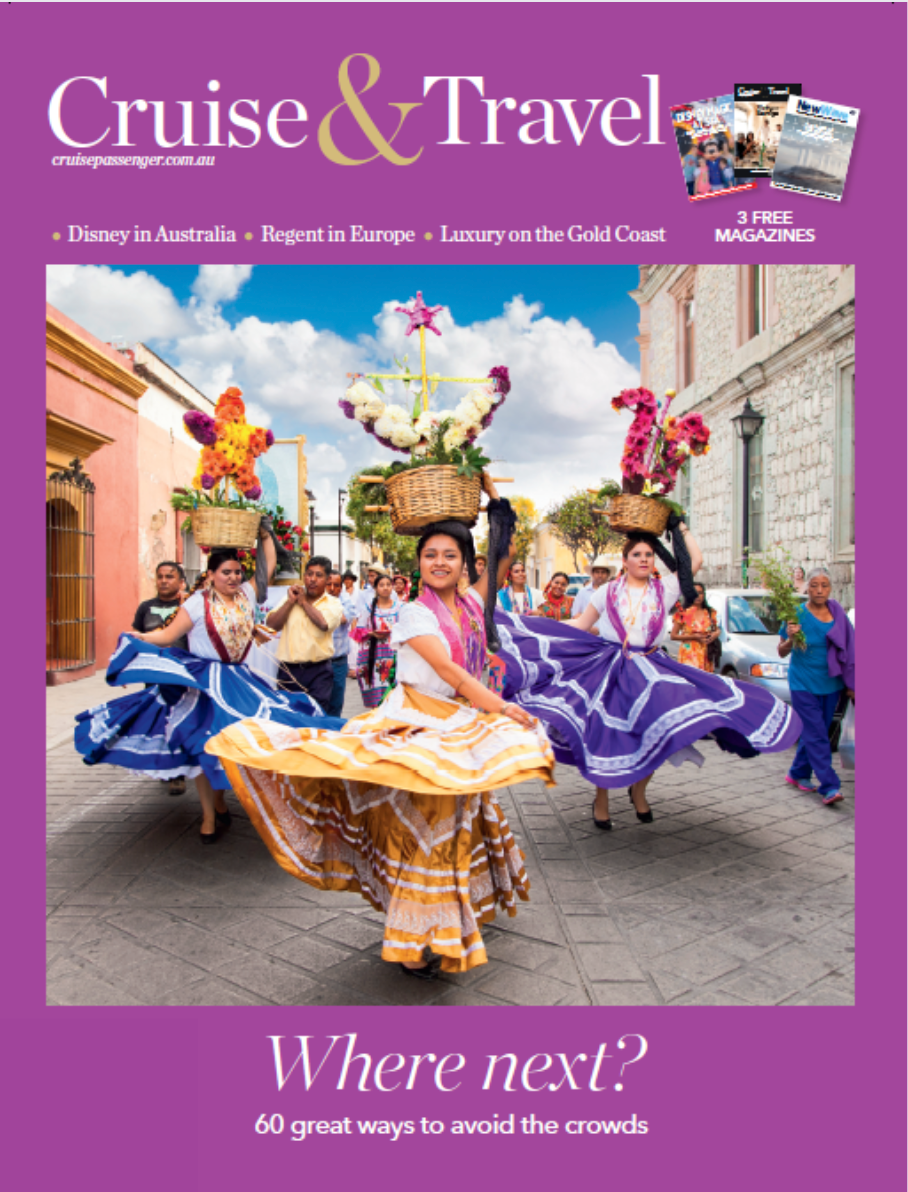South Pacific Cruising
DestinationsIt seems that everyone wants to sail away to a tropical island paradise, so before you book your cruise, check our report on when and where to go. Words: David McGonigal.
While the rest of the world was buried under volcanic ash or GFC gloom, the happy isles of Oceania (to paraphrase Paul Theroux) were putting on a growth spurt. Or so it seems from the number of cruise ships aiming to base themselves here – and from the healthy figures reported by the International Cruise Council Australasia (ICCA) recently.
In 2009, more Australians cruised than ever before – 366,721 of us, in fact. That’s an 11 per cent increase over the previous year and the fifth consecutive year of double-digit growth.
The South Pacific attracted 38 per cent of those, followed by Australia (18 per cent, and up by more than 50 per cent from the previous year) and New Zealand (10 per cent and up a remarkable 75 per cent). No wonder our harbours and docks are looking crowded these days.
The attractions of the South Pacific are obvious for anyone who has been there. It’s not just the laidback lifestyle but also warm blue oceans fringed by white-sand beaches, all leading you to the wonderful, colourful coral reefs that now draw tourists but were once the bane of mariners.
Cruising is the perfect way to see this part of the world. You can board the vessel in Australia and have a few sea days to relax before docking in the first port of call. Or, if you wish to maximise every moment you spend in the South Pacific region, fly to a destination such as Fiji, Tahiti or Hawaii and board a ship there – see ‘Resident Ships,’ over the page. If you want a lot of time to relax on the ship, there’s also the option of crossing the Pacific from North America to Australia or vice versa.
The South Pacific (otherwise known as Oceania) is made up of Australia, New Zealand and Norfolk Island; Melanesia (including Fiji, New Caledonia, Papua New Guinea, the Solomon Islands and Vanuatu); the tiny islands of Micronesia; and Polynesia (most significantly French Polynesia, Tonga, Samoa and the Cook Islands). Many voyages out of Australia visit only the nearby ports of New Caledonia and Vanuatu, New Zealand or PNG.
An area of Pacific cruising that has been growing rapidly and has escaped the attention of many has been New Zealand. It’s a natural cruising destination with a very varied coastline from the high cliffs and plunging waterfalls of Fiordland National Park to the serene and warm waters of the Bay of Islands. We may share a common culture with New Zealand but it has a very different landscape.
The Pacific is a year-round destination so the peak cruising season is more tied to school holidays in Australia and New Zealand than it is to climatic variation. There may be more options these days but there’s more demand, too, so you may find a voyage in high season but may need to pay more and book earlier.
There is something very special about sailing out of an Australian port bound for foreign climes. It has a touch of Joseph Conrad and adventure about it. But if you wish to maximise your time in the destination, it may be better to fly to join a ship that ‘lives’ there. The options are virtually unlimited but here are a few possibilities.
In Fiji, Captain Cook Cruises offers three- and four-night cruises around the southern and northern Yasawa Islands respectively aboard MV Reef Endeavour – or the two combined into a one-week voyage. Reef Endeavour carries 150 passengers in 75 cabins. The dining saloon and array of bars and lounges belie the vessel’s size; it carries three snorkelling and dive vessels as well as a glass-bottomed boat. The Yasawas are some of the most pristine parts of Fiji, and moving around them on a ship is the ultimate in relaxation.
The beauty of the islands of French Polynesia lures many to Tahiti. Princess Cruises’ Royal Princess offers a trio of voyages from Hawaii to Papeete in September and November but between October and March, she is based largely in Papeete, sailing around the islands in a series of 10-day voyages. Royal Princess is a new vessel that accommodates 710 passengers and has more than 250 balcony staterooms.
The long-term resident of French Polynesia is Paul Gauguin. Until recently, the ship was part of Regent Seven Seas Cruises but she is now operating independently – to the same high standards. The ship has a lot to offer on her array of voyages. She is larger than her passenger capacity of 332 suggests, so there’s a lot of space, and the interior decoration is refined without being stuffy. Some 70 per cent of the cabins have private balconies and many come with butlers to deliver canapés and drinks when you return from the day’s excursions. The ship has several restaurants, at which the food is modern and of a very high standard. The stern of the vessel folds out to become a watersports marina: this is where masks, snorkels and fins are issued for a week of aquatic-centred relaxation. Most drinks are included in the cruise cost, as are tips and watersports.
Quite a few vessels alternate between cruising the Kimberley and Papua New Guinea. A range of cruising options for Papua New Guinea encompasses everything from large cruise ships to small live-aboard dive boats. Trans Niugini Tours, a constant in PNG travel, operates MV Sepik Spirit, a remarkable-looking craft that can accommodate up to 18 passengers in nine cabins, each with ensuite bathroom. Passenger comfort is assured with air conditioning throughout, a covered observation deck atop plus a lounge, bar and dining room.
Since 2006, Australia’s own luxury expedition cruise vessel, MV Orion, has been visiting PNG and some of its more out-of-the-way destinations. This 106-passenger vessel offers a few voyages to PNG, flying one way and cruising the other.
Coral Princess Cruises offers several voyages aboard Oceanic Discoverer between Rabaul and Alotau each March, November and December. The 72-passenger vessel ventures up to 100 kilometres along the Sepik River as well as out to the Trobriand Islands on a series of 10- and 12-night cruises.
Now we Australians have admitted our love affair with New Zealand, despite the sheep and rugby jokes, we are cruising the country’s shores in increasing numbers. Book a passage on one of the large number of ships plying the Tasman, or join a local vessel. Island Escape Cruises offers cruises on the 42-metre Island Passage for up to 20 passengers from Nelson in November and December, Auckland from December to April and the Bay of Islands in January and February.
Lifou
Lifou, the largest coral atoll in New Caledonia’s Loyalty archipelago, has its own distinct style and atmosphere. On the eastern side of the country, it’s bigger than the island of Tahiti, for example, but its population of about 15,000 people has maintained its strongly traditional Kanak culture. The beaches and headlands are spectacular – the north coast features high cliffs while the beaches are on the south side. Whether snorkelling through remarkable coral gardens, beachcombing to see what shells you can find or bicycling along the coast to visit and explore simple villages, Lifou offers the perfect way to unwind to Pacific time.
Port Vila
An excellent natural harbour on the southern shore of the island of Efate is the setting for Port Vila, the capital of Vanuatu. This Melanesian city offers a bustling market where local traders will sell you anything from flowers and necklaces to brightly coloured dresses and shells. There are some good nearby beaches and divers will find Port Vila offers some of the Pacific’s best wreck diving. The fishing, sailing and golf are good, too. The National Cultural Centre is on Rue d’Artois and guided tours may include a traditional feast, with dancing. The historic joint rule of the islands by France and Britain has left a legacy just as confusing as the island’s 130 distinct cultures and languages.
Honolulu
The isolated islands of Hawaii feature on every trans-Pacific sail plan and they are well worth the stopover. Although Honolulu is the capital of the American island state, the centre of tourist activity is Waikiki Beach. The sands of the beach are shaded by high-rise hotels and resorts and the commercial activity rarely slows down. The most distinct marker is the volcanic cone of Diamond Head at the eastern end of Waikiki, with the coral reefs of Hanauma Bay at the shoreline. While the city beach can have good surf, the famed waves of Oahu lie across the island. The USS Arizona Memorial is a touching tribute to the victims of the World War II attack on Pearl Harbour.
Noumea
After the Great Barrier Reef, the second-longest coral reef in the world runs along the top of Grande Terre, the main island of New Caledonia. On a peninsula off the south coast of the island stands Noumea, the capital. The city is entertainingly French and there are some beautiful beaches both in the city and beyond. Besides the towering cathedral that dominates the skyline, the town’s most characteristic feature is the array of flame trees, hibiscus and bougainvilleas that colour the streets. The Tjibaou Cultural Centre, 20 minutes from the city, is architecturally impressive. A day cruise to the lighthouse-dominated coral cay of Amadee is a glimpse into great tropical beauty.
Lautoka
Fiji’s second-largest city is on the western side of Viti Levu, close to the Yasawa Islands and north of Nadi. Discovered for Europeans by Captain Bligh, it may be the capital of the Western Division of Fiji and have a population of 52,000 but the pace of life here seems decidedly ‘small town’. The main industry is processing the harvest from the surrounding fields of sugar cane. Its standing is revealed in the line of royal palms that run down the middle of Vitogo Parade, the wide main street. When there’s a ship in town the already-large regular markets are extended by other vendors selling handicrafts. The large Hare Krishna temple is impressive and it’s worth visiting the Botanical Gardens.
Isle of Pines
More correctly called Kunie, the 17km-long Isle of Pines (or l’Ile des Pins) is a distinctive part of the Pacific, quite unlike the rest of New Caledonia. As the name suggests, the distinctive tall, thin pine trees grow everywhere on this island, interspersed with rosewood and sandalwood trees. There are some pretty villages and if you are lucky enough to be here on a Sunday, you’ll see the locals in their finery – and hear some wonderful choral singing. The Melanesian culture is strong and its influence is evident in arts and crafts. Visitors, from Captain Cook onwards, have always been impressed by the sheer beauty of the island’s tropical coves and white-sand beaches.

